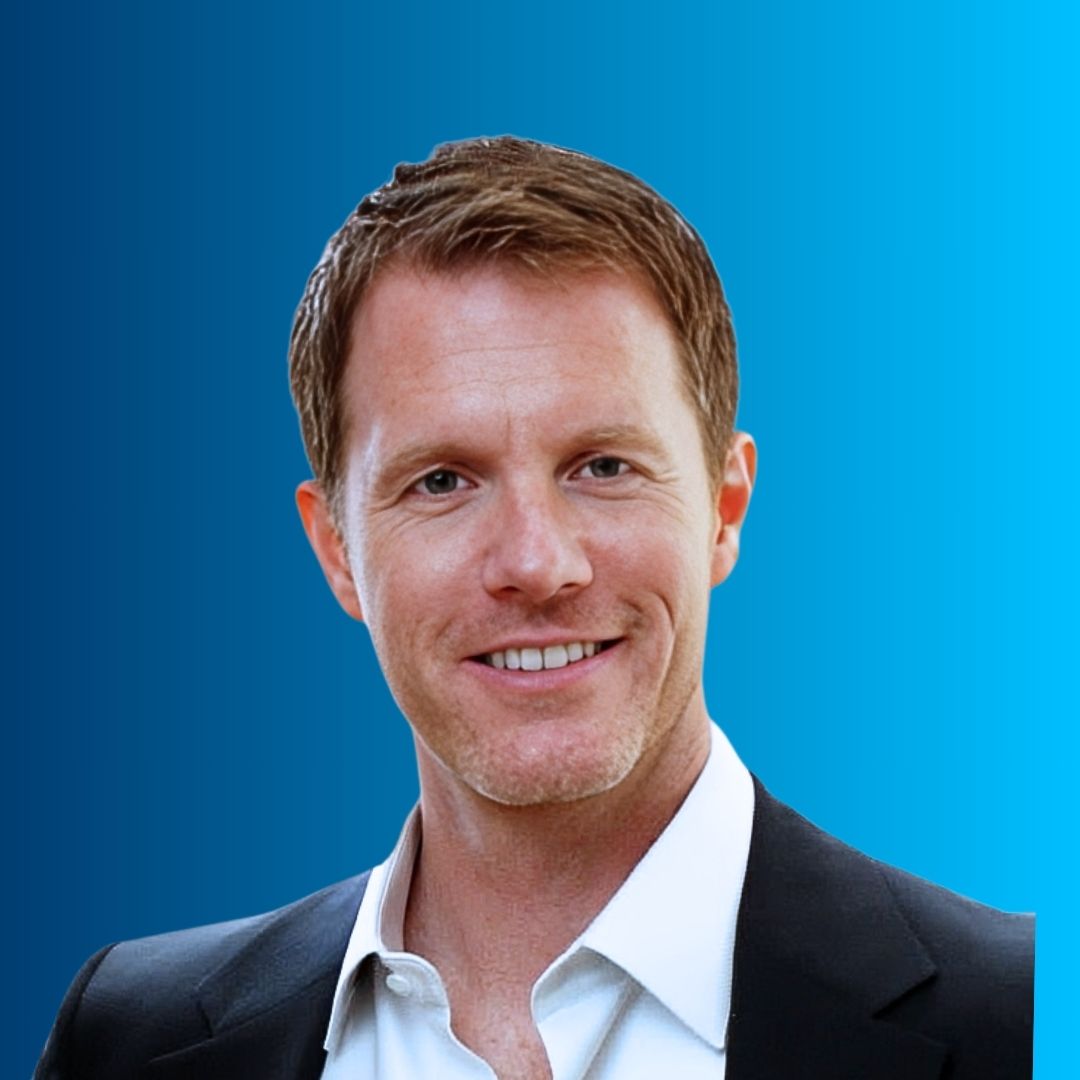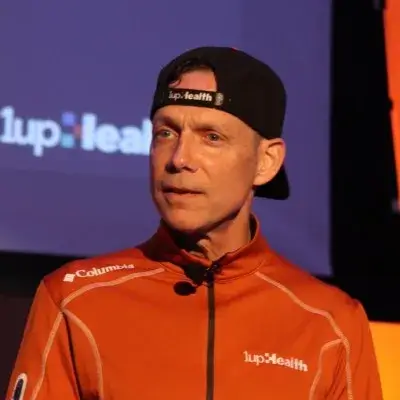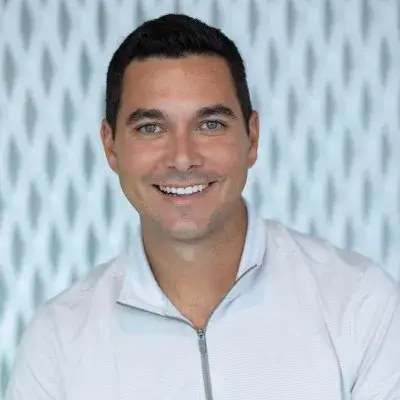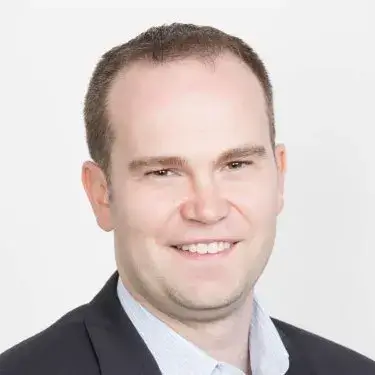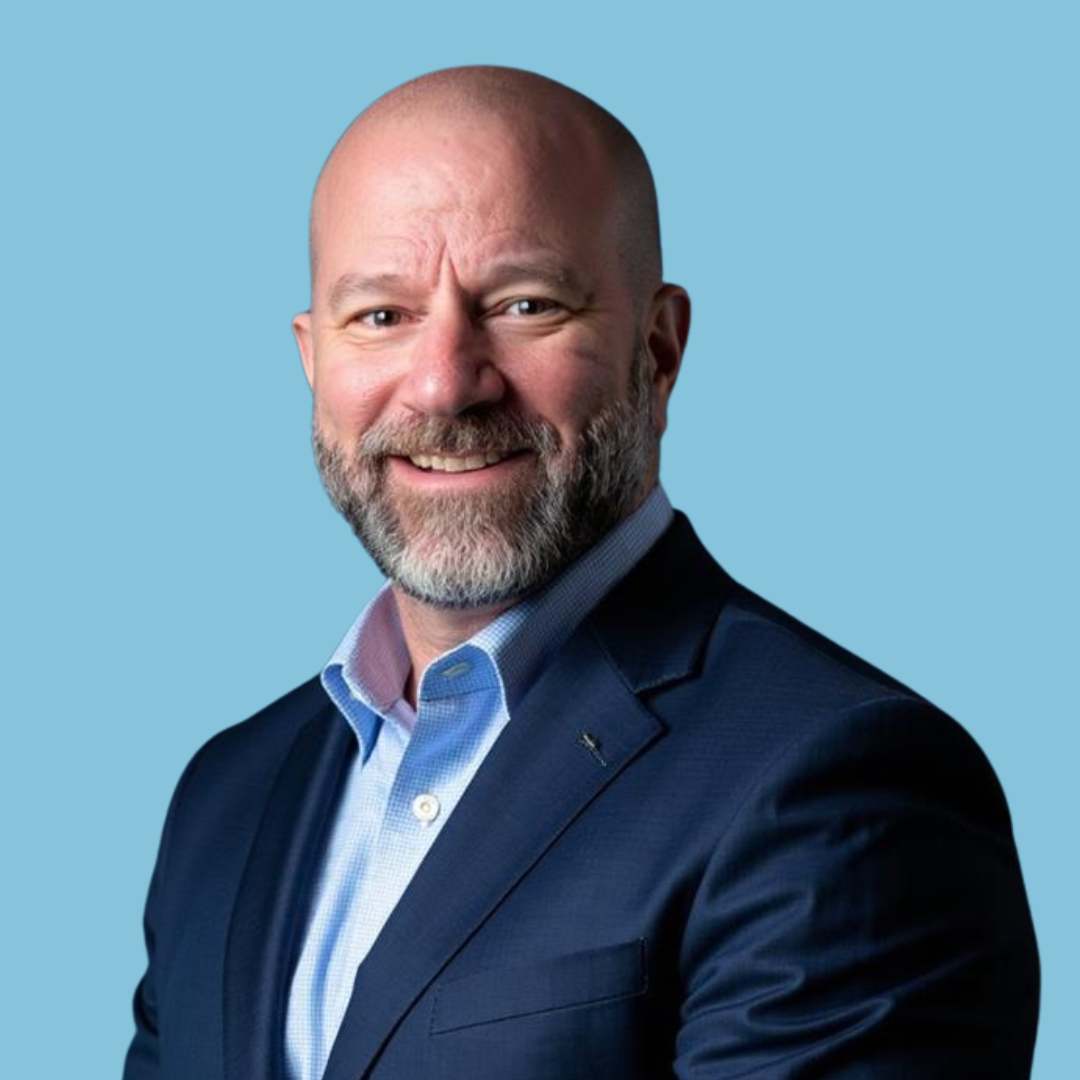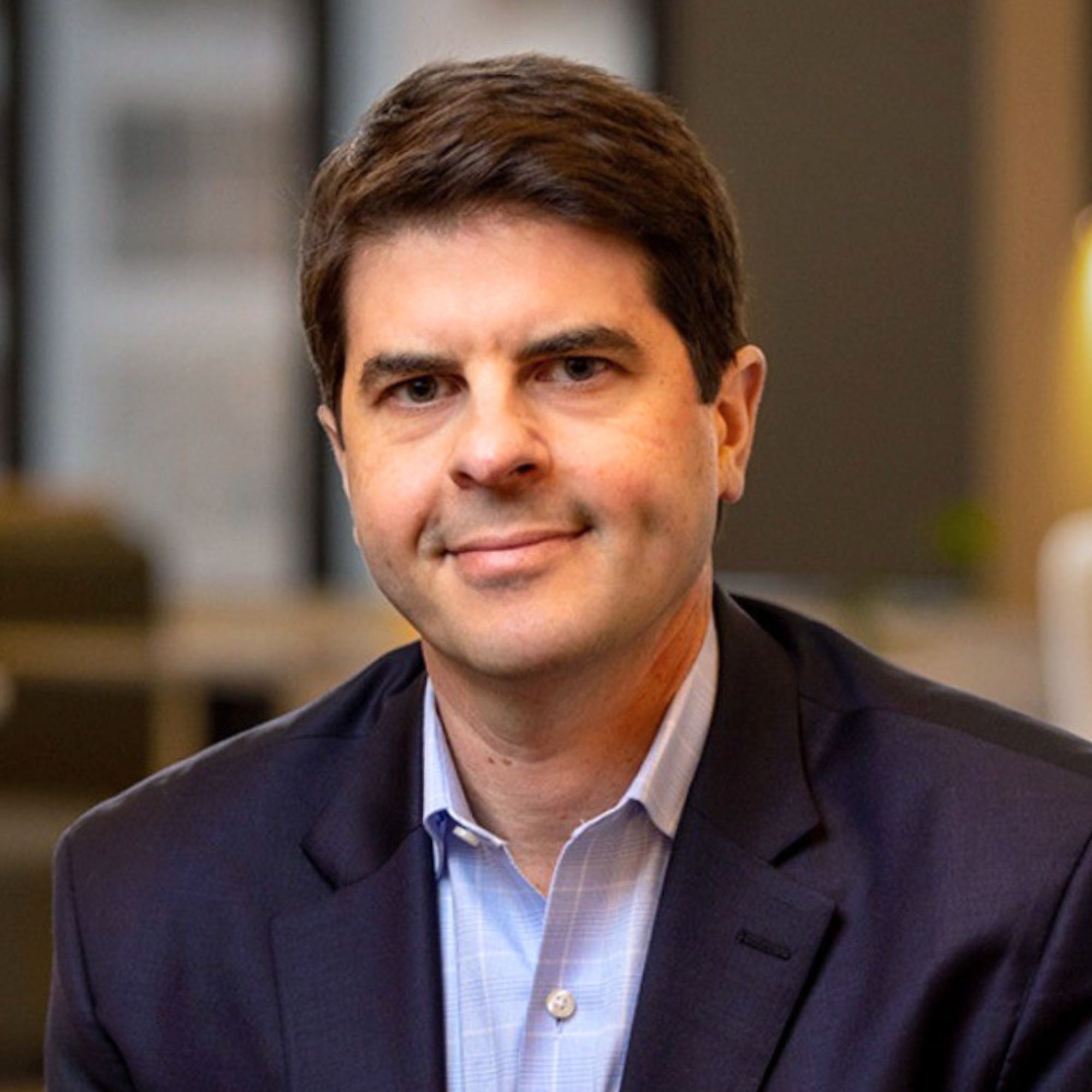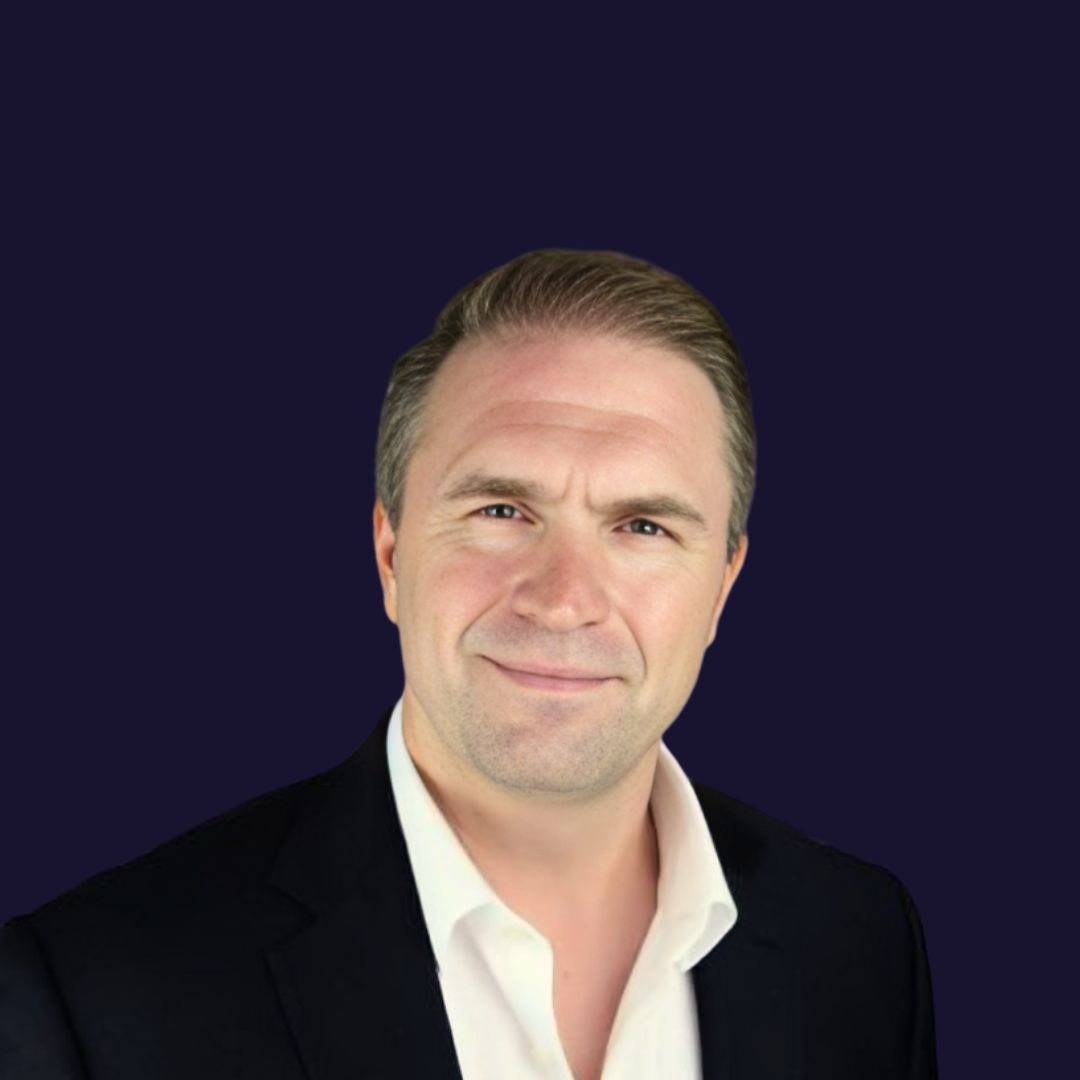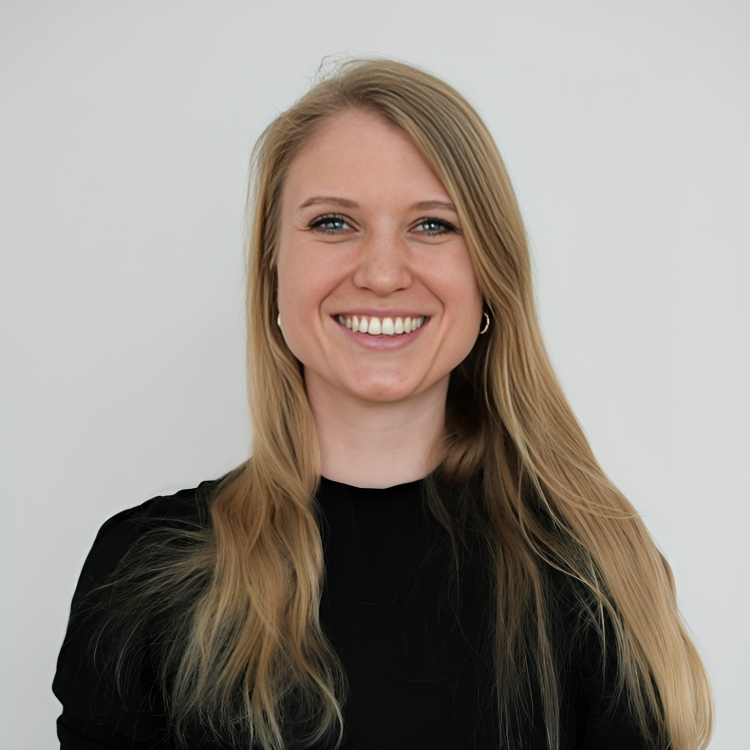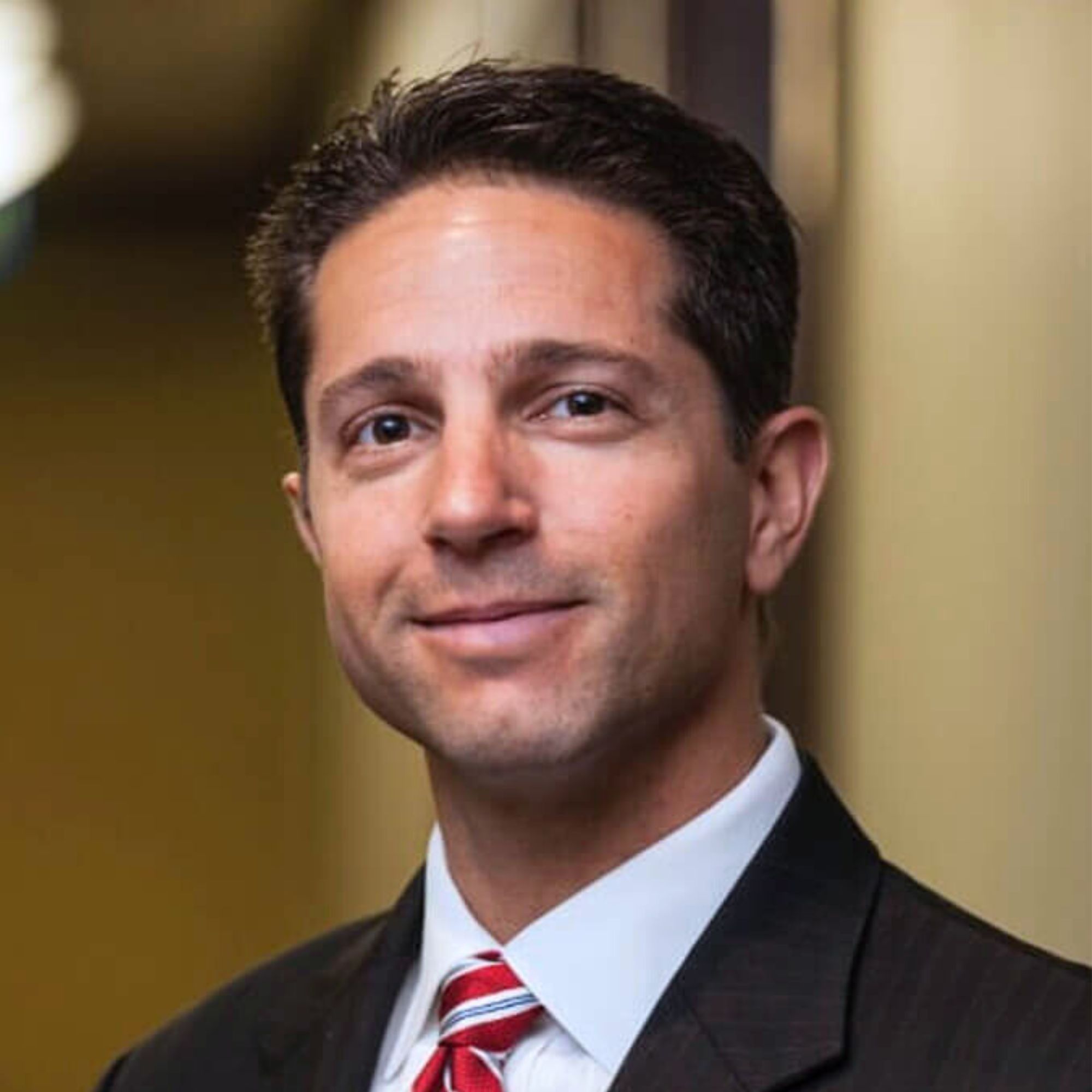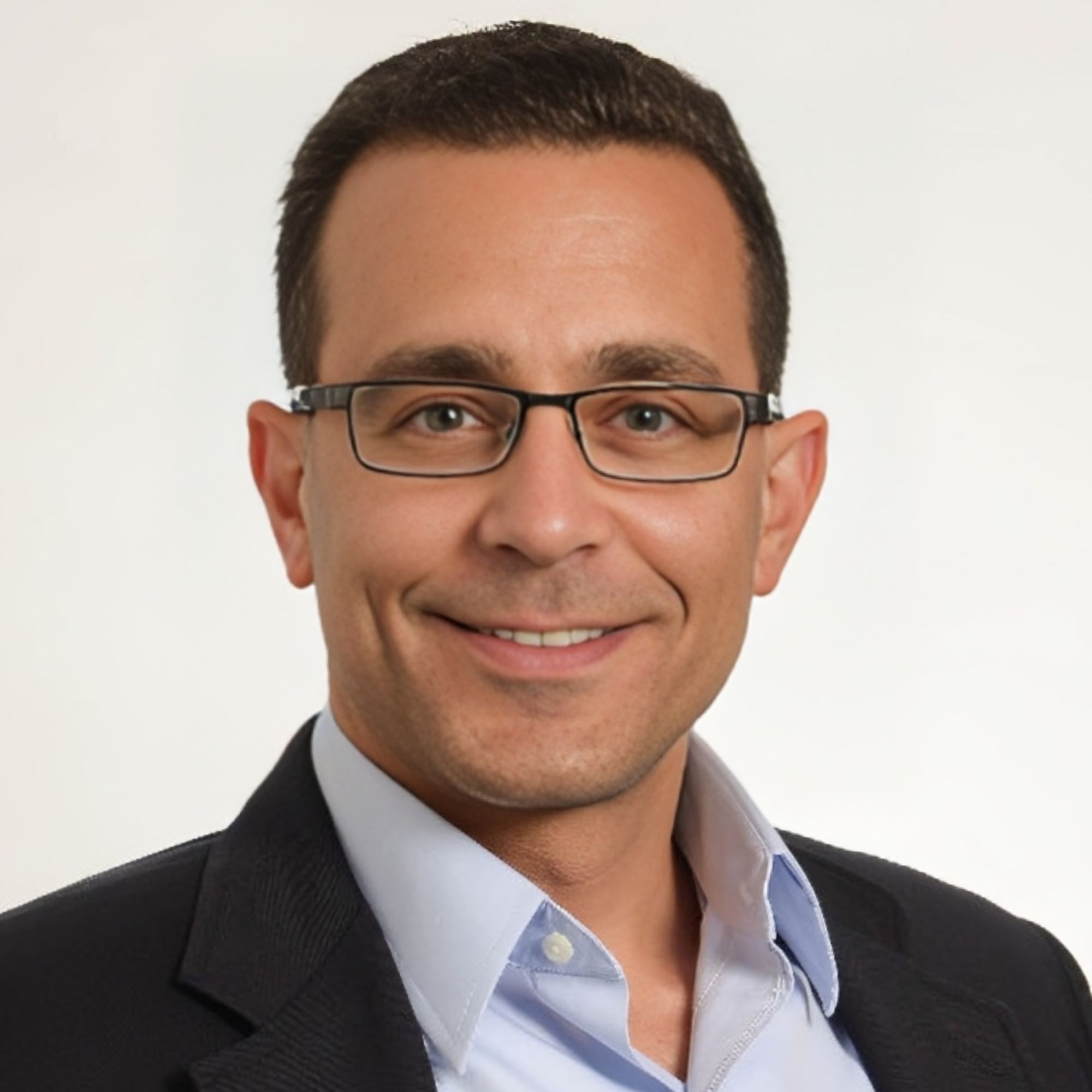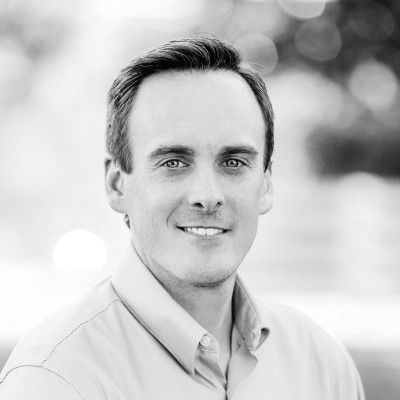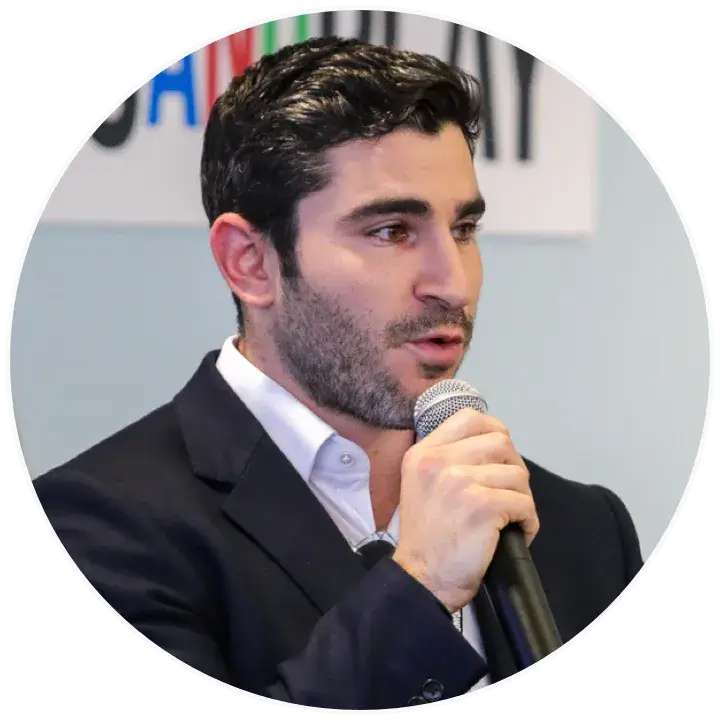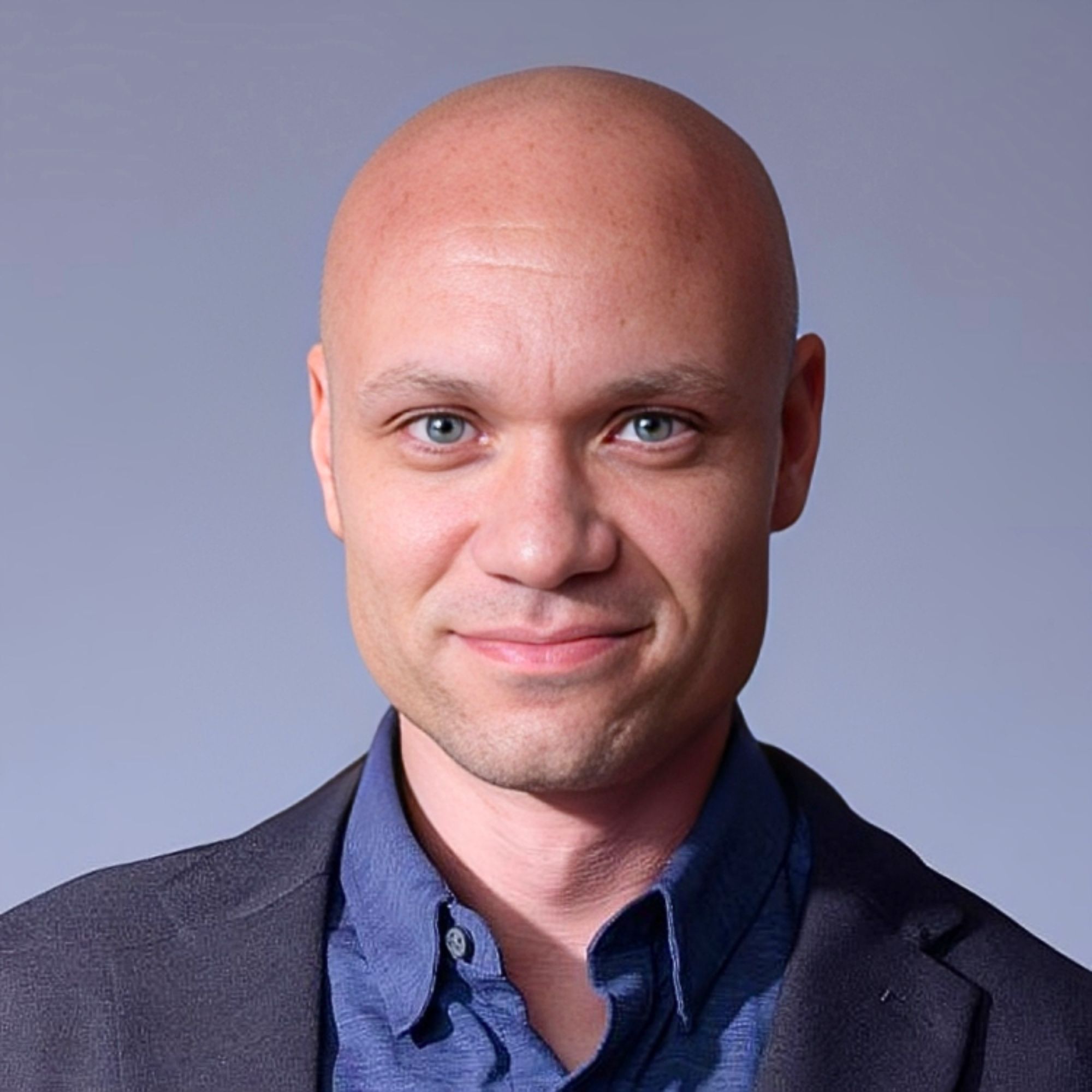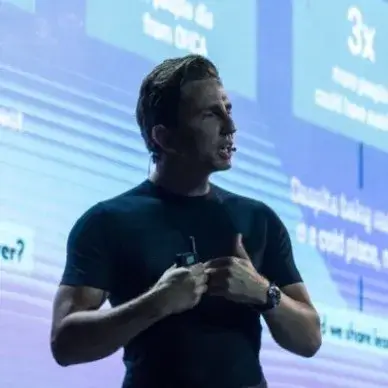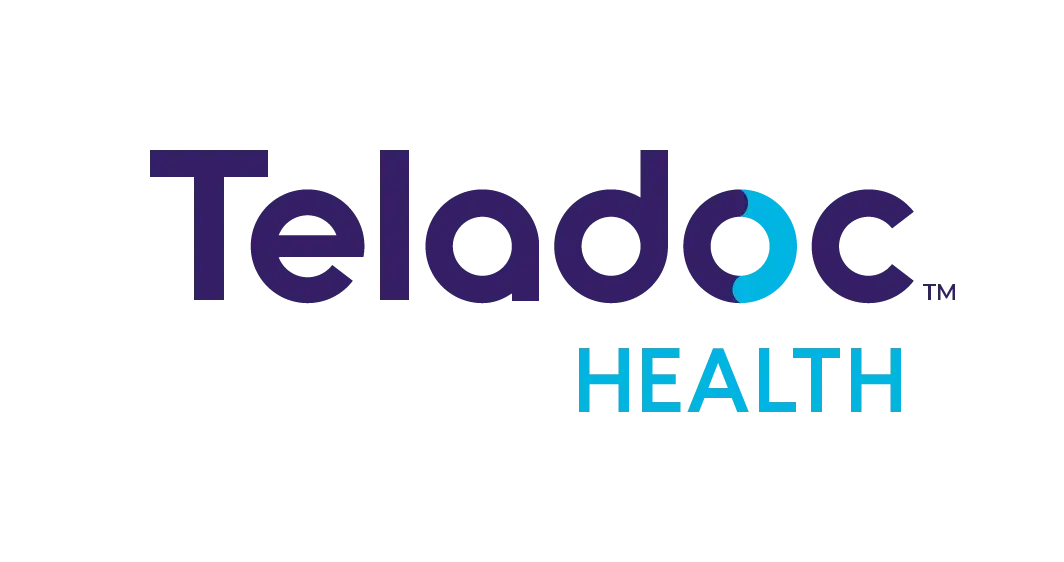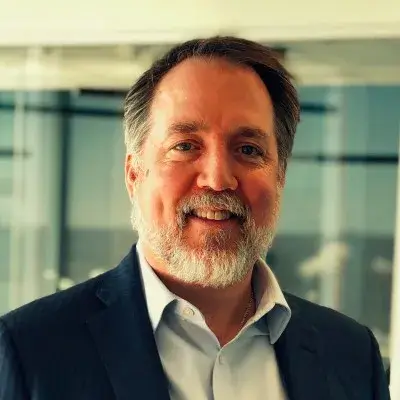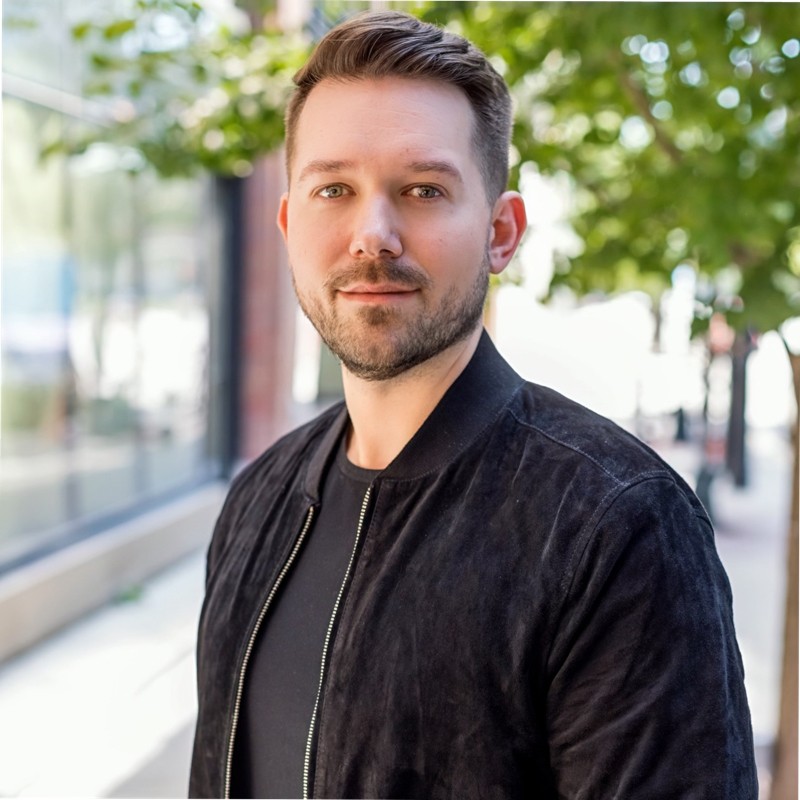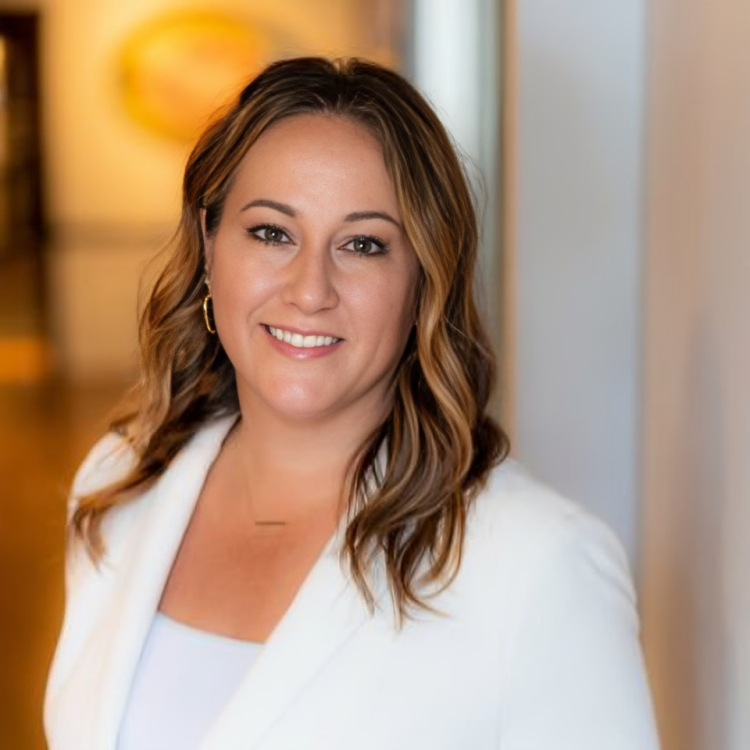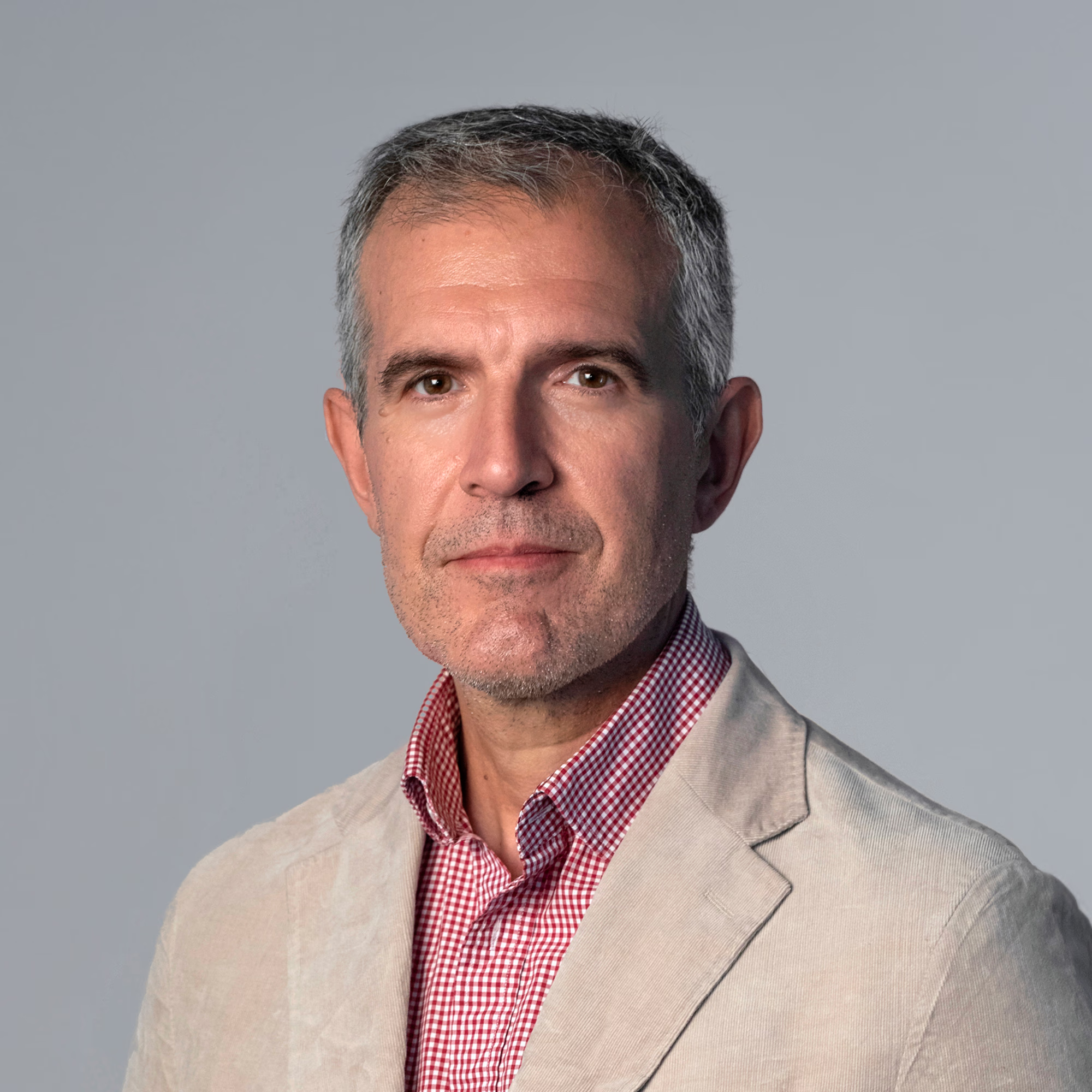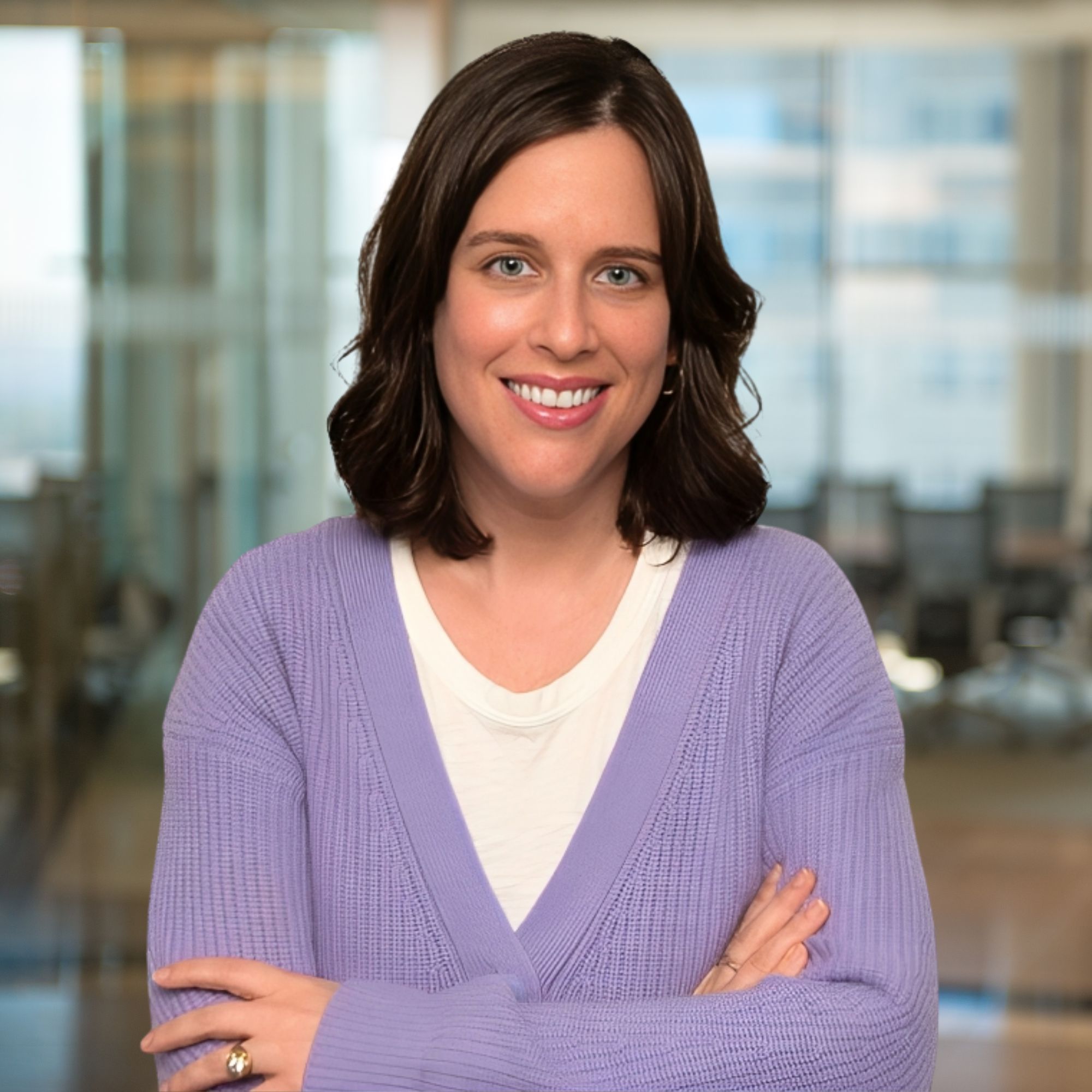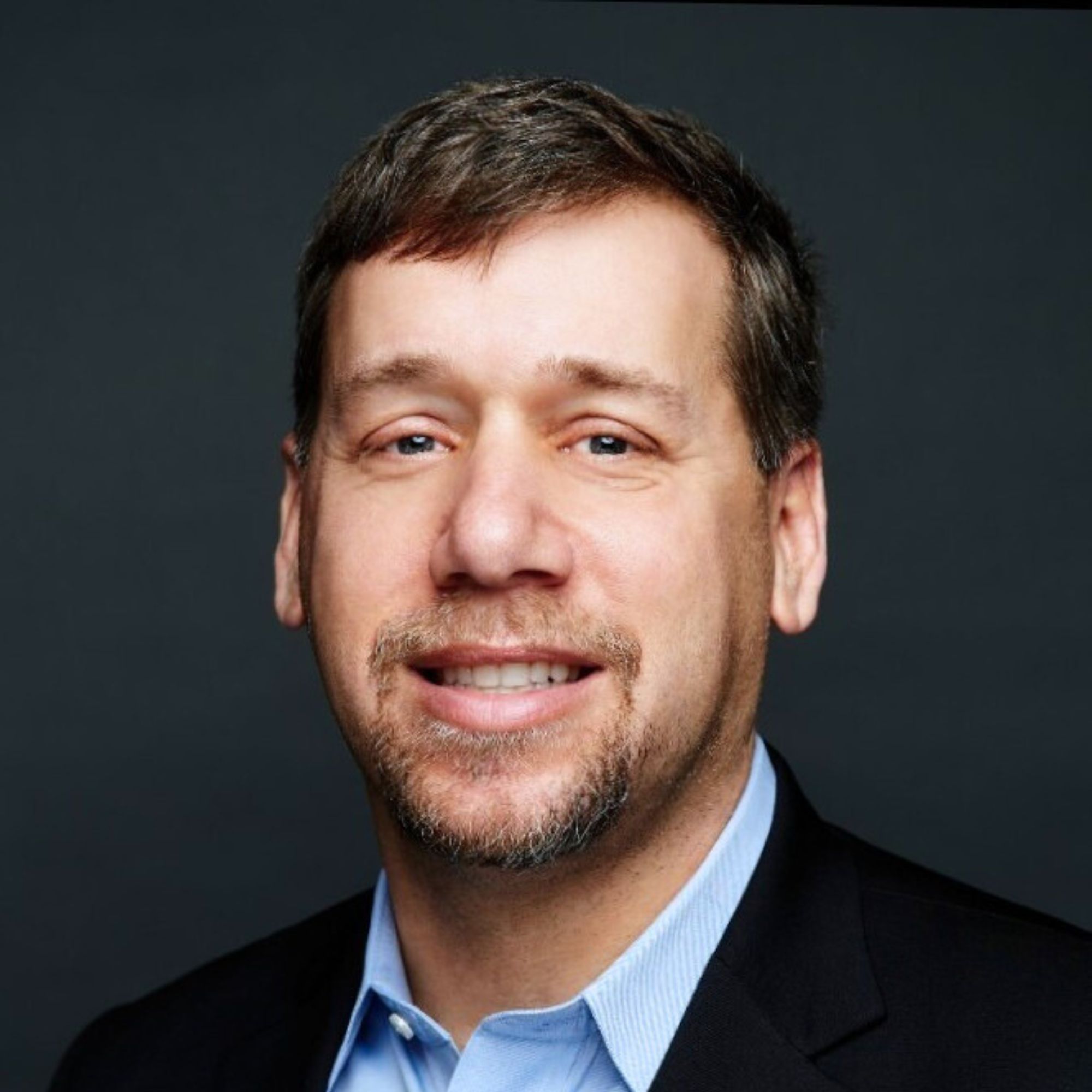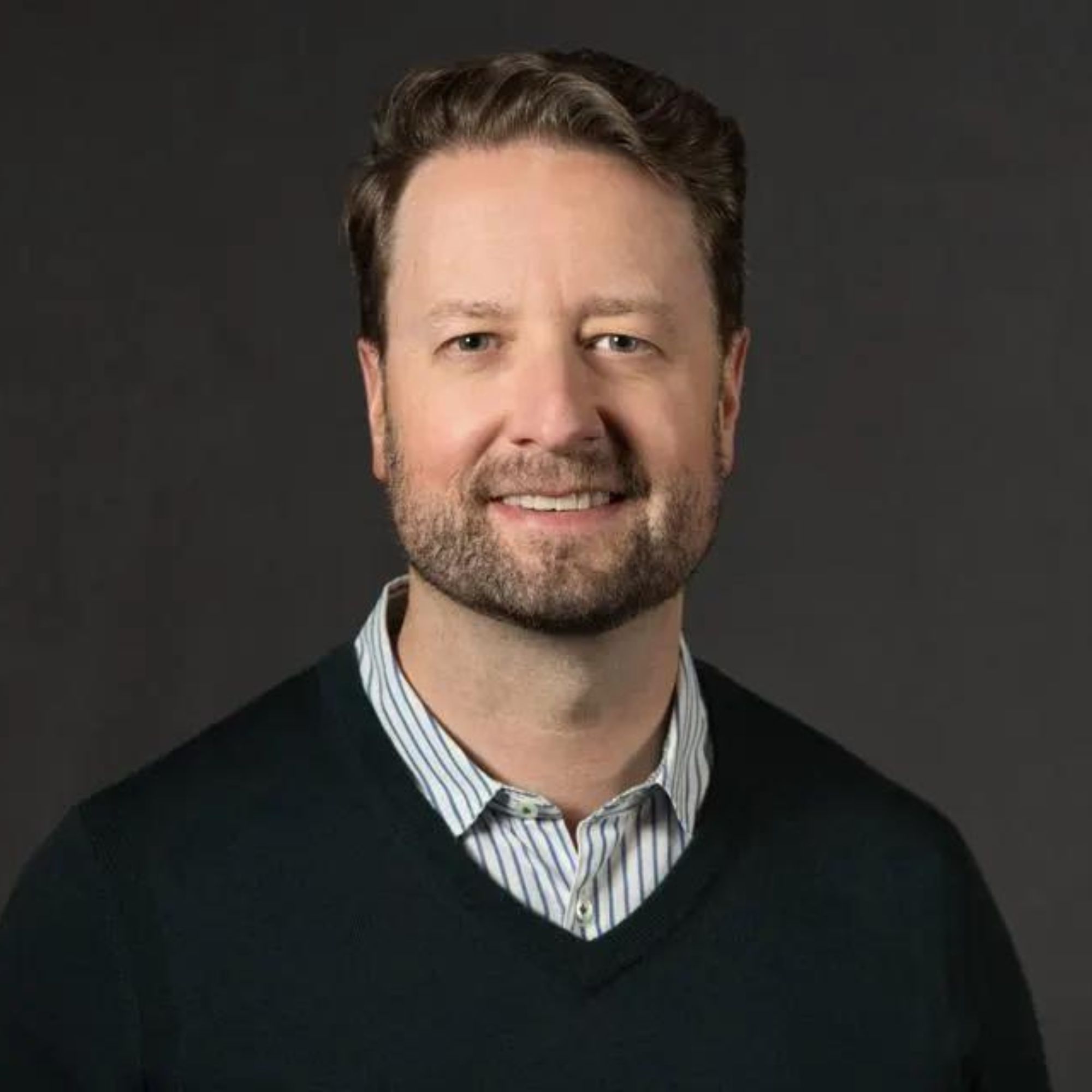Ready to build your own Founder-Led Growth engine? Book a Strategy Call
Frontlines.io | Where B2B Founders Talk GTM.
Strategic Communications Advisory For Visionary Founders
Actionable
Takeaways
Avoid "Annual Curiosity Revenue" in favor of deep customer relationships:
Mike warns against chasing what he calls "ACR" - contracts driven by curiosity about new technology rather than real value. Instead of racing to accumulate surface-level customers, Anomaly focuses on 1-5 anchor customers where they forward-deploy engineers and dedicate leadership attention. As Mike explained, "I'd rather take a much smaller amount of those trusted pitches... find me 10 of the right conversations, don't find me a hundred surface level conversations." In healthcare's 14-month sales cycles, shallow relationships burn runway without building sustainable growth.
Match your go-to-market strategy to industry realities, not investor expectations:
Healthcare's long sales cycles and conservative nature require a fundamentally different approach than traditional SaaS growth models. Mike structured Anomaly's capital and hiring strategy around 14-month sales cycles rather than trying to compress them. "If you know that it's a 14 month sales cycle... being realistic about those timeframes and those capital structures, you just make sure your plan on burn matches your plan on strategy." This meant hiring customer success and engineering talent before traditional sales roles, aligning team composition with the actual customer adoption process.
Segment ruthlessly based on transformation readiness:
Not every healthcare organization is ready for transformative technology. Mike emphasizes the critical need to identify whether prospects are "looking for transformation" versus "looking to automate an isolated process." He shares that distinguishing between these segments determines the entire sales approach. Organizations seeking transformation are willing to work through implementation complexity for substantial outcomes, while those seeking automation want predictable, incremental improvements. Misreading this distinction leads to failed sales cycles and misaligned product development.
Use forward-deployed engineering as a competitive advantage:
Rather than traditional customer success managers, Anomaly deploys engineers directly to customers during implementation. This approach proves particularly valuable in AI/ML applications where the technology is rapidly evolving and customer needs aren't fully defined. Mike notes, "Having engineers in that has been hugely valuable for us because we're able to really quickly deliver value, very quickly deliver outsized value." This strategy enables rapid iteration, builds deeper technical trust, and often leads to expanded contracts through demonstrated capability rather than traditional sales pitches.
Build category credibility through case studies, not connections:
In healthcare, having impressive investors or warm introductions matters far less than demonstrating proven results with known organizations. Mike emphasizes, "What you need in healthcare is slapping six case studies down the desk... show me the six organizations that I know that you work with that are going to tell me I should work with you." This insight drives Anomaly's entire early-stage strategy—prioritizing customer success and measurable outcomes over rapid customer acquisition, building the credibility foundation needed for future sales acceleration.
Conversation
Highlights
How Anomaly Built a Fast Growing Healthcare Payments Company by Rejecting Silicon Valley’s Growth Playbook
Healthcare burns through $800 billion annually just figuring out who pays for what. That’s roughly the size of the entire U.S. Defense Department budget—spent not on providing care, but on the administrative maze of billing and insurance claims. Mike Desjadon has spent nearly two decades watching this inefficiency drain resources from an industry meant to heal people.
In a recent episode of Category Visionaries, Mike, CEO of Anomaly, shared how he’s building a healthcare payments platform that has raised $30 million in funding by doing exactly the opposite of what most Silicon Valley startups do. Instead of racing to scale quickly, Anomaly deliberately targets just 1-5 customers at a time. Instead of hiring salespeople first, they forward-deploy engineers. And instead of fighting healthcare’s notoriously long sales cycles, they’ve built their entire business model around them.
The Personal Catalyst Behind a Professional Mission
Mike’s journey into healthcare payments wasn’t planned. Growing up in Philadelphia, he was “convinced until maybe I was 19 years old that I was going to play in the NFL, not realizing there aren’t a slew of, you know, super slow six foot one guys under 230 pounds that play linebacker.” After reality set in, he moved to New York for real estate work before landing at the Advisory Board Company in Washington, D.C.
But it was a personal health crisis that truly hooked him on the revenue cycle. At 21, Mike was diagnosed with a heart arrhythmia after being misdiagnosed for years. “I showed up in an emergency room in New York City at Lenox Hill and I got a bill from them and then I got a bill from the emergency provider who was an independent physician, which I was like, why am I getting two bills? Why isn’t this taken care of?”
As a confused 21-year-old, Mike didn’t pay the bills, thinking they were wrong. “You know, I go to buy my first car, I’m 24 and you know, I had to pay bills that hit my credit and I had bad credit.” This experience with healthcare’s confusing payment system sparked what would become a lifelong mission: “I just fell in love with the problem from there and I wanted to fix it.”
Understanding Healthcare’s Ridiculous Complexity
The scale of healthcare’s payment problem is staggering, but Mike explains it starts with one fundamental issue: “When you show up to the doctor, nobody actually really knows if anyone’s going to pay for it and if that anyone you’re insurer is going to pay for you at this point in time period. Hard stop.”
This uncertainty creates what Mike calls “the most ridiculous Rubik’s Cube you’ve literally ever seen.” When you visit a doctor, your encounter passes through multiple coding systems—ICD codes for diagnoses, CPT codes for procedures, revenue codes for billing—before anyone can determine payment. “Every insurance company has their own policies for what they’re gonna pay, when and how they match up all of those codes to what circumstance they’re actually gonna pay.”
The result? “It takes 30 days, 60 days, 90 days. And we get it wrong at least 20% of the time, meaning 20% of those encounters are initially denied.” This is where that $800 billion in administrative costs comes from—an entire apparatus built to solve a problem that shouldn’t exist in the first place.
Mike contrasts this with every other industry: “When you go to get lunch and you get a sandwich and hand them your Visa card… Visa is providing real time payment assurance right then and there to that person that, yep, that’s good for it.” In healthcare, there’s no such assurance. “They have no idea you’re going to get discharged, that bill’s going to go. They don’t get that payment insurance. They have no clue.”
The Anti-Silicon Valley Growth Strategy
Most healthcare AI startups chase what Mike calls “annual curiosity revenue”—contracts driven by AI hype rather than real value. “Everyone’s curious about AI. You think you could bite off a piece of problem? Sure. Like I’ll give you a shot for a year.” These companies “focus so much on top line that they do that then they end up with a lot of churn.”
Anomaly took the opposite approach. “What we wanted was a much smaller amount of very deep relationships. Like even if it was just one customer, we wanted to be sticky as all get out.” Their strategy revolves around finding 1-5 anchor customers and dedicating everything to their success: “I’m involved, my chief growth officer is involved. We forward deploy engineers into, you know, delivering them is everything to us and focus on individual customer growth.”
This approach extends to their hiring strategy. While most startups rush to hire salespeople, Mike believes that’s premature: “Good salespeople in this space need to eat. And in order for them to eat, you got to have product market fit… That is the founding team’s job to figure all that stuff out. And you’re putting salespeople in a bad position if you don’t have that figured out.”
Instead, Anomaly built what Mike calls “the right delivery team”—sales leaders who excel at consulting and customer success, plus engineers who can be forward-deployed directly to customers. “Having engineers in the loop, led by somebody on the growth side that really understands how to deliver value to big organizations was a critical go to market decision.”
Embracing Healthcare’s Timeline
Perhaps most importantly, Anomaly structured their entire business around healthcare’s realities rather than fighting them. Healthcare has 14-month sales cycles, and Mike sees no point in pretending otherwise: “If you know that it’s a 14 month sales cycle… maybe you can get it to 12, but still, you know, you have a full year sales cycle.”
This acceptance shaped everything from their capital structure to their investor conversations. “Being realistic about those timeframes and those capital structures, you just make sure your plan on burn matches your plan on strategy.” Rather than promising compressed timelines to investors, Mike explained how growth actually happens in healthcare and delivered on that plan.
The strategy also recognizes healthcare’s unique decision-making process. Unlike other industries where connections and investor logos might open doors, healthcare requires proof: “What you need in healthcare is slapping six case studies down the desk. Not look who my investor is, look at the conversations I can get. It’s show me the six organizations that I know that you work with that are going to tell me I should work with you because I don’t know who the hell you are.”
The Segmentation Challenge
One of Anomaly’s biggest go-to-market lessons involves customer segmentation. Mike learned they must “ruthlessly segment” prospects into two categories: organizations looking for transformation versus those seeking to automate isolated processes. “We can work with either. But they’re very different pitches for very different reasons.”
This segmentation challenge is complicated by healthcare’s saturated vendor landscape. As one healthcare executive told Mike, “We take 10 pitches a month from AI startups.” In this environment, Anomaly’s approach of targeting fewer, deeper conversations becomes even more critical: “Find me 10 of the right conversations, don’t find me a hundred surface level conversations. Because with a 14 month sales cycle, you’ll burn yourself out before your runways up for sure.”
Building Category Credibility
Mike also made strategic decisions about market positioning that prioritize long-term value over short-term revenue. Despite payers buying technology faster than providers, Anomaly chose to sell exclusively to providers: “We made a pretty hard choice a couple years back that we’re only going to sell the providers. We’re going to enable providers to eliminate the information asymmetry between them and insurance companies.”
This choice reflects Mike’s broader philosophy about understanding healthcare’s true dynamics rather than viewing it through adversarial lens. “I actually think there are far too few people who actually know what should be happening. And there probably aren’t as many malicious people as people think… that insurance company probably has absolutely no idea what they cover, none. And has a financial nut to make one, that’s pretty scary. But two, it will guide you to build a better company.”
The Long Game
Anomaly’s approach represents a fundamental rejection of the typical startup playbook in favor of something more sustainable. By embracing healthcare’s complexities rather than fighting them, focusing on deep customer relationships over surface metrics, and building their business model around industry realities, they’ve created what Mike believes will be lasting competitive advantages.
For healthcare founders, Mike’s advice is simple but profound: “Be in every pitch and every customer conversation.” In an industry where trust and understanding trump velocity and scale, there’s no substitute for the founder’s deep involvement in customer relationships.
As healthcare continues consuming massive resources on administrative overhead, Anomaly’s patient approach to building payment assurance technology may prove that sometimes the best way to move fast is to start slow—and build something that actually works.












